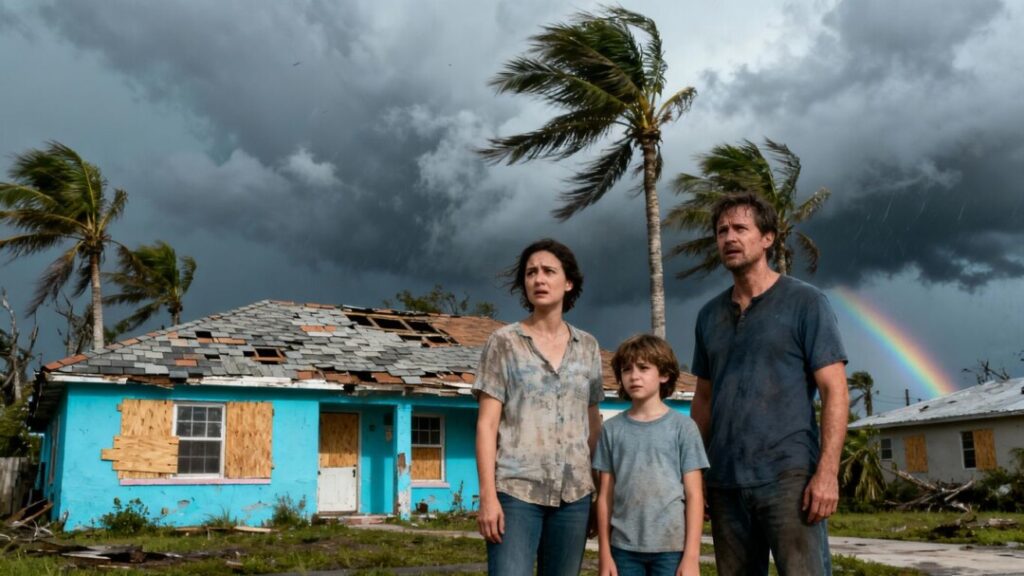A surge of concern is rippling through Florida homeowners as property insurance issues intensify. Recent legislative and market changes, coupled with eye-popping rate hikes from select insurers, have left many policyholders in limbo—worried about fair compensation and the rising cost of protection against hurricanes and other risks.
Key Takeaways
- Over 500,000 Floridians now rely on Citizens Property Insurance, the state-backed insurer of last resort.
- A Tampa-based insurer was recently approved for a 31.5% rate increase, though most companies show flattened or lower rates.
- Legal reforms have shifted most disputes with Citizens from jury trials to administrative hearings, where the insurer prevails more than 90% of the time.
- These changes are credited with stabilizing the insurance market and attracting new companies, but critics argue they diminish homeowners’ rights.
The Landscape: Why Rates and Rules Are Changing
Florida’s property insurance market has long braced against storms—both literal and financial. After a spate of insurer failures from 2019 to 2023, state officials acted quickly to stabilize the sector. The result: new laws made it more difficult for policyholders to sue insurers, aiming to curb legal abuse and fraud. Since then, 17 new insurers have entered the market, and more than 30 providers requested rate decreases in 2024.
However, Florida remains a risky market. The state’s vulnerability to hurricanes, paired with high rebuilding costs and complex litigation history, keeps premiums among the nation’s highest. The latest example: almost 20,000 policyholders with Trusted Resource Underwriters Exchange (TRUE) will face rate increases that average $1,357 annually, mainly due to heightened hurricane risk and the costs of backing capital.
The Impact On Homeowners: Legal and Financial Realities
One of the most controversial shifts has been in how claims disputes are resolved. Since 2023, policyholders in dispute with Citizens are required to go through the Division of Administrative Hearings (DOAH) instead of local courts with jury trials. While this has helped Citizens achieve a win rate above 90%, it has also led to smaller settlements—often less than $500—and fewer options for homeowners to challenge decisions.
These developments mean that while some insurers can reduce premiums, coverage is becoming less accessible for those hit hardest by storms or damage. The emotional and financial toll is evident in stories where families accept inadequate settlements after enduring long fights for repairs.
Looking Forward: Market Stabilization Or New Challenges?
State officials emphasize the positive, noting Florida’s insurance market has bounced back from near-collapse, with diverse new players and many companies stabilizing or lowering rates. Yet, for a significant segment—those forced onto Citizens or into high-risk pools—the squeeze of rising rates and limited legal recourse is intensifying.
Critics argue that homeowner protections are eroding, especially for those confronting major damage or loss. Some legal challenges now question the fairness of pushing disputes into administrative hearings, suggesting the next phase of Florida’s insurance saga may play out in courtrooms as much as in state houses and boardrooms.


